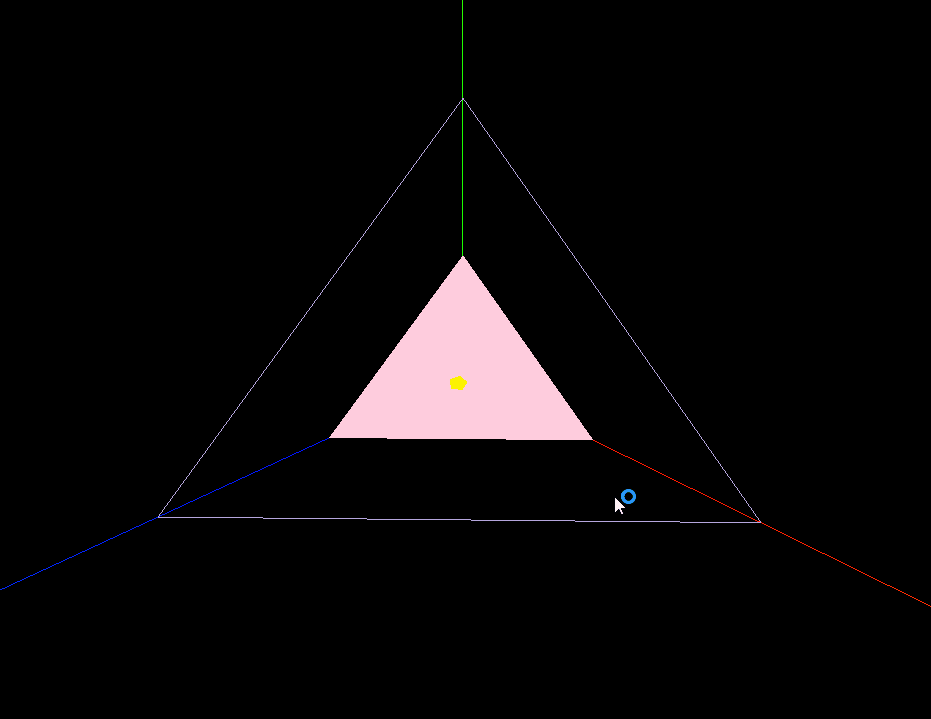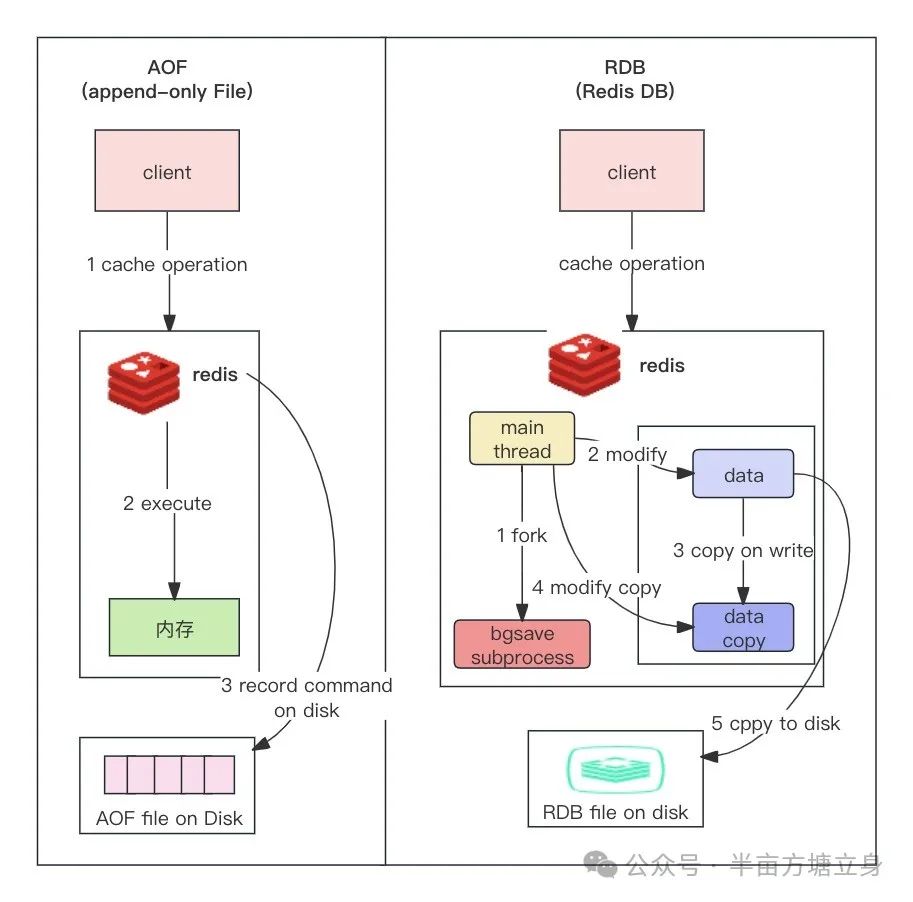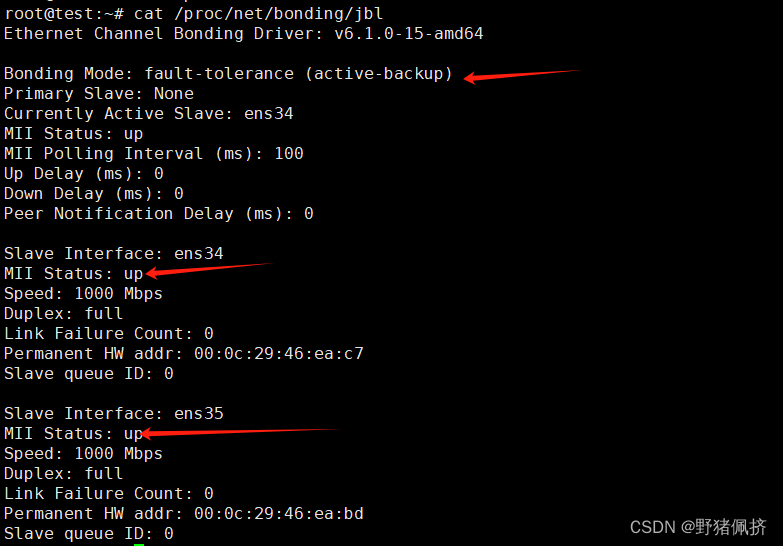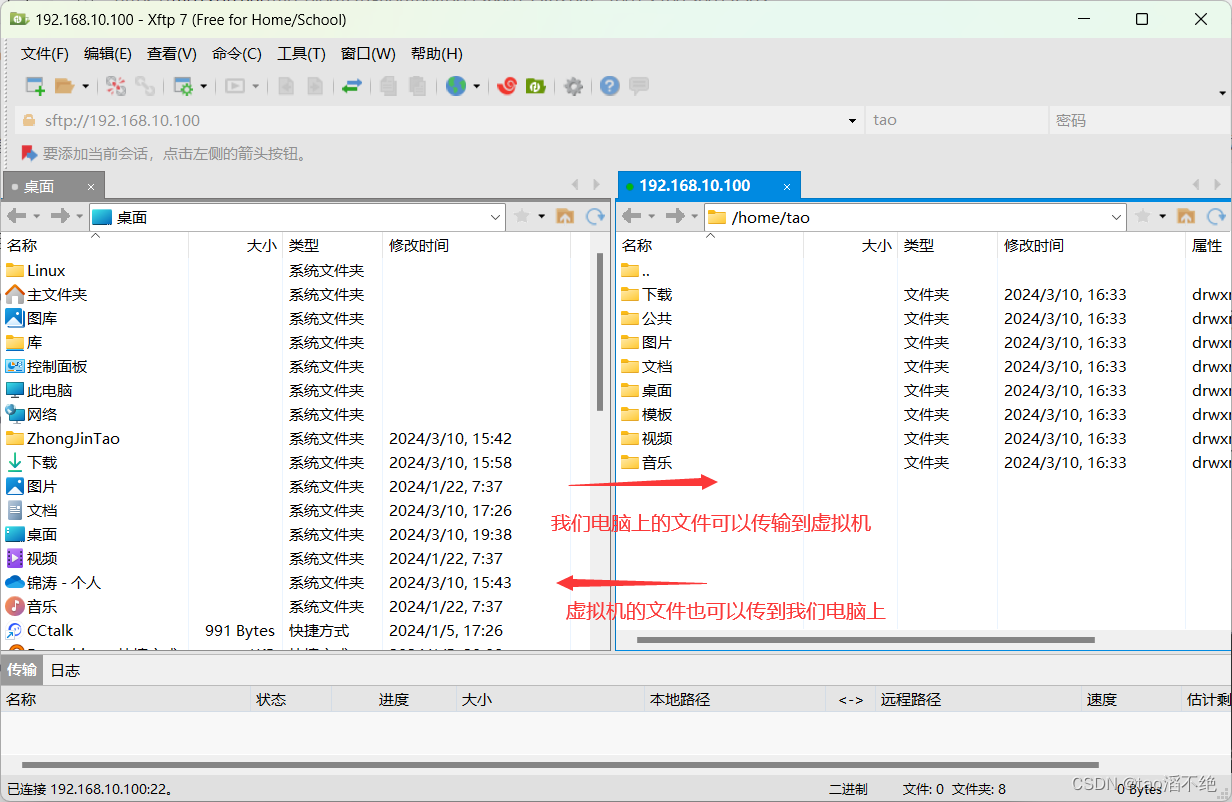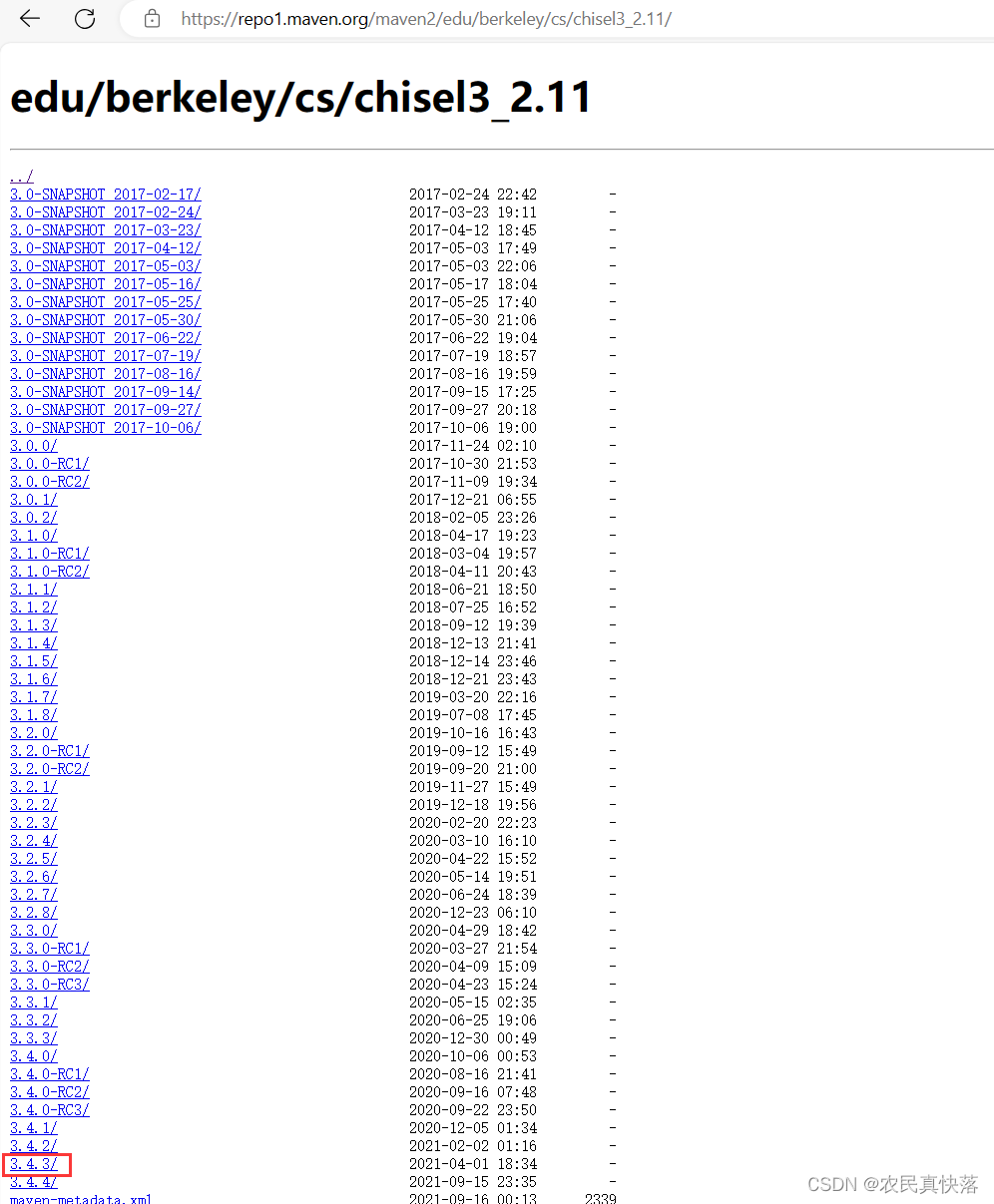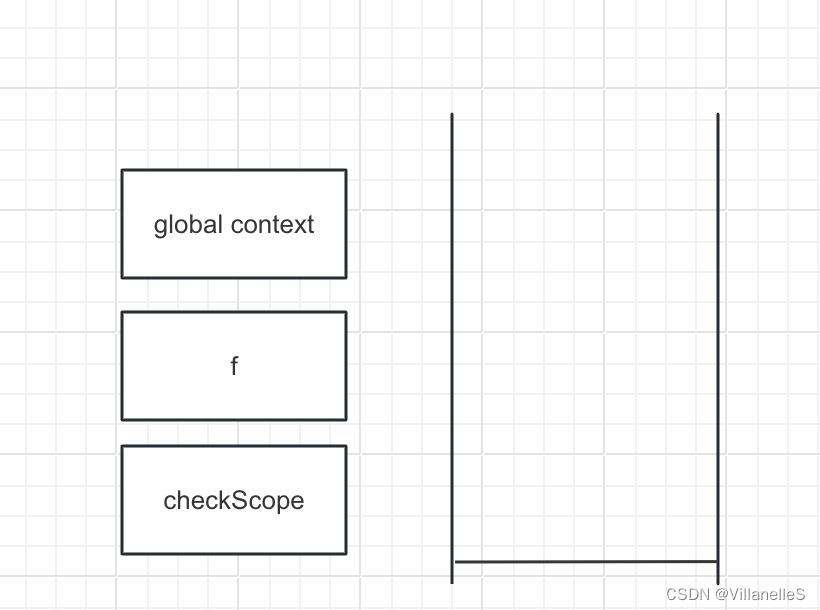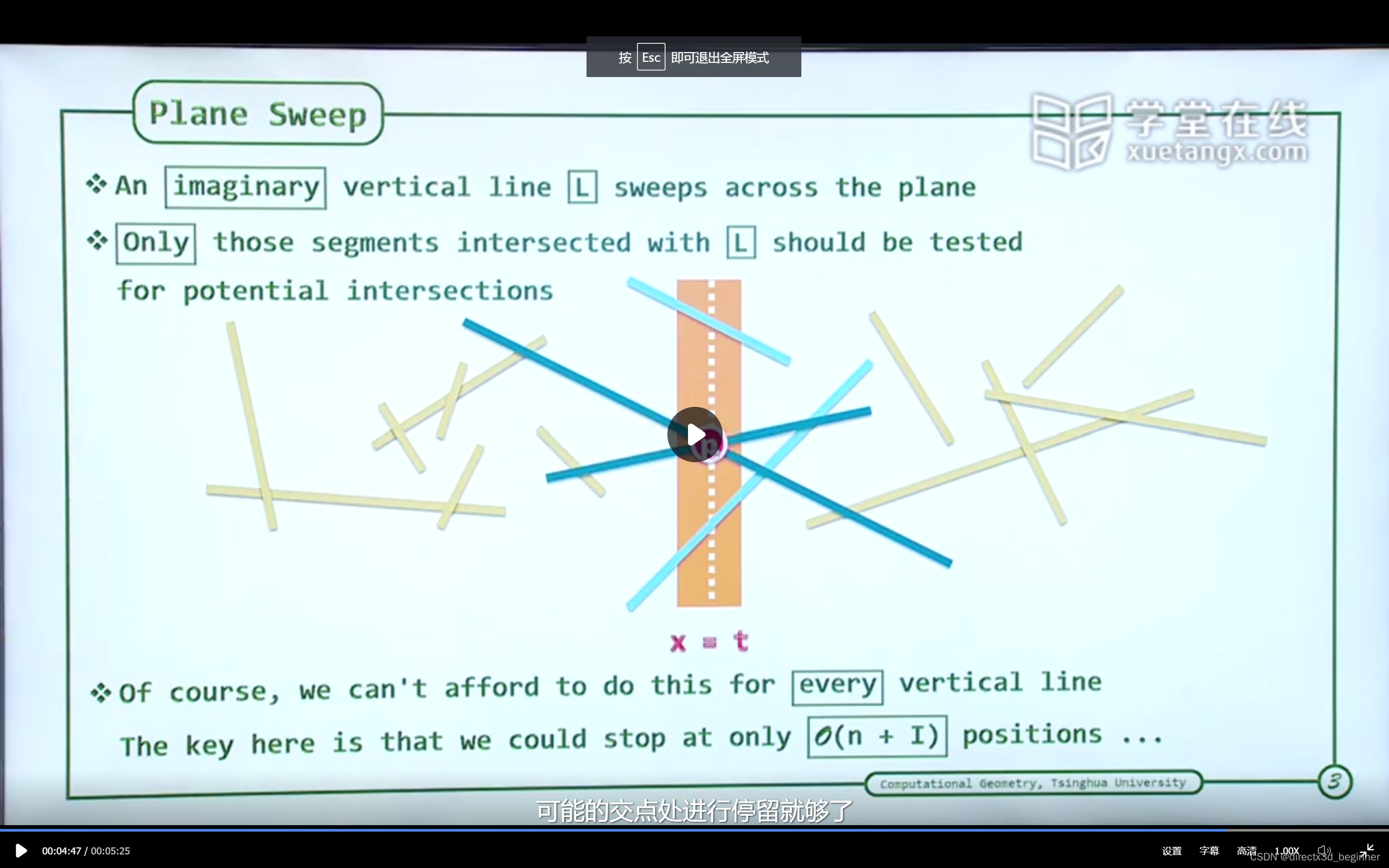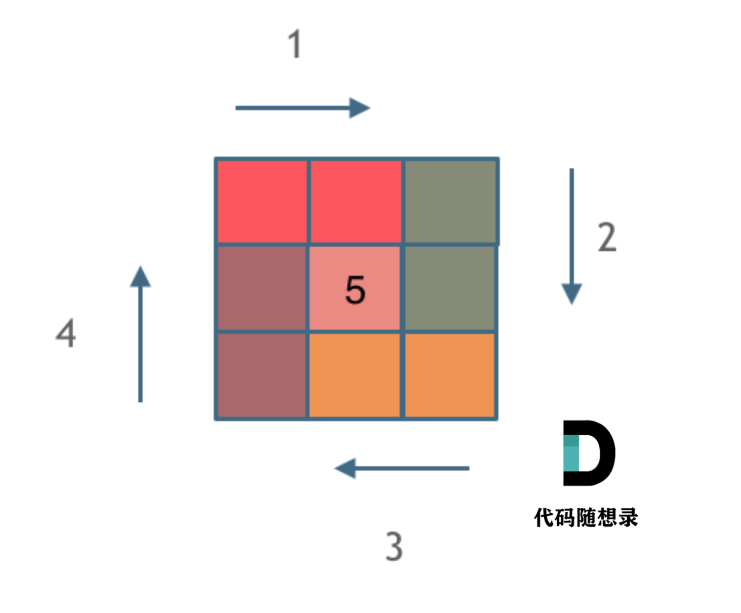
目录
编辑
一、栈
1.1栈的概念及结构
1.2栈的实现
1、实现支持动态增长的栈
2、初始化栈
3、入栈
4、出栈
5、获取栈顶元素
6、检测栈是否为空
7、获取栈中有效元素个数
8、销毁栈
9、测试
1.3源码
二、队列
2.1队列的概念及结构
2.2队列的实现
1、链式结构:表示队列
2、队列的结构
3、初始化队列
4、队尾入队列
5、队头出队列
6、获取队列队头元素
7、获取队列队尾元素
8、获取队列中有效元素个数
9、检测队列是否为空
10、销毁队列
11、测试
2.3源码
一、栈
1.1栈的概念及结构
栈是一种特殊的线性表,其只允许在固定的一端进行插入和删除元素操作。进行数据插入和删除操作的一端称为栈顶,另一端称为栈底。栈中的数据元素遵守后进先出LIFO(Last In First Out)的原则。
- 压栈:栈的插入操作叫做进栈/压栈/入栈,入数据在栈顶。
- 出栈:栈的删除操作叫做出栈,出数据也在栈顶。
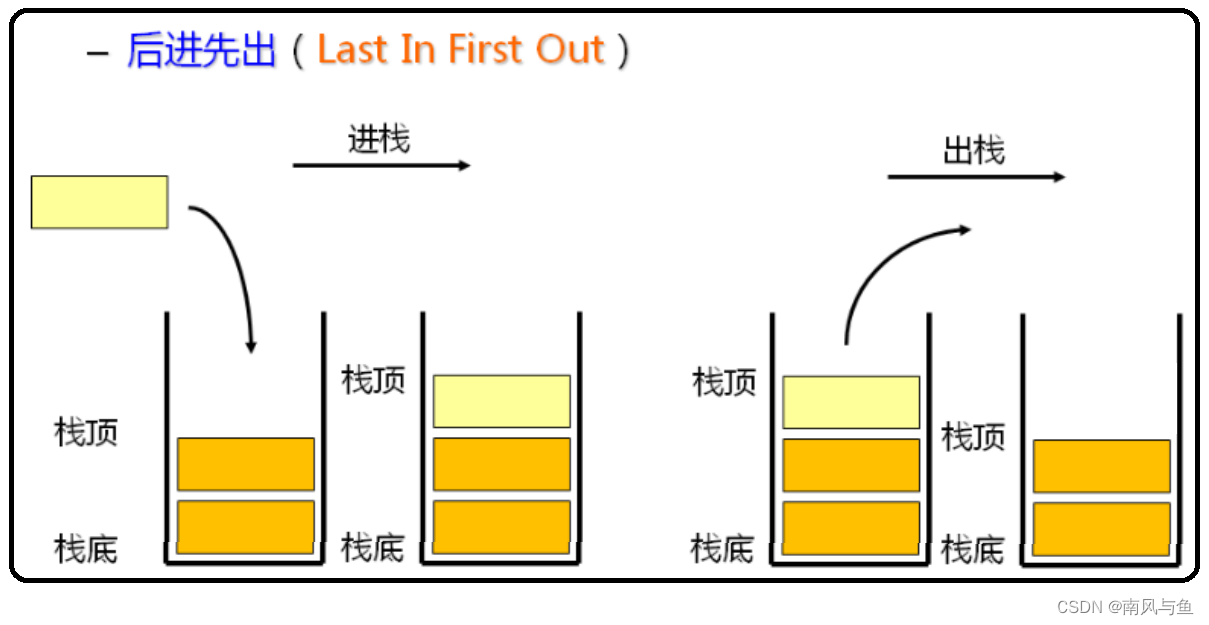
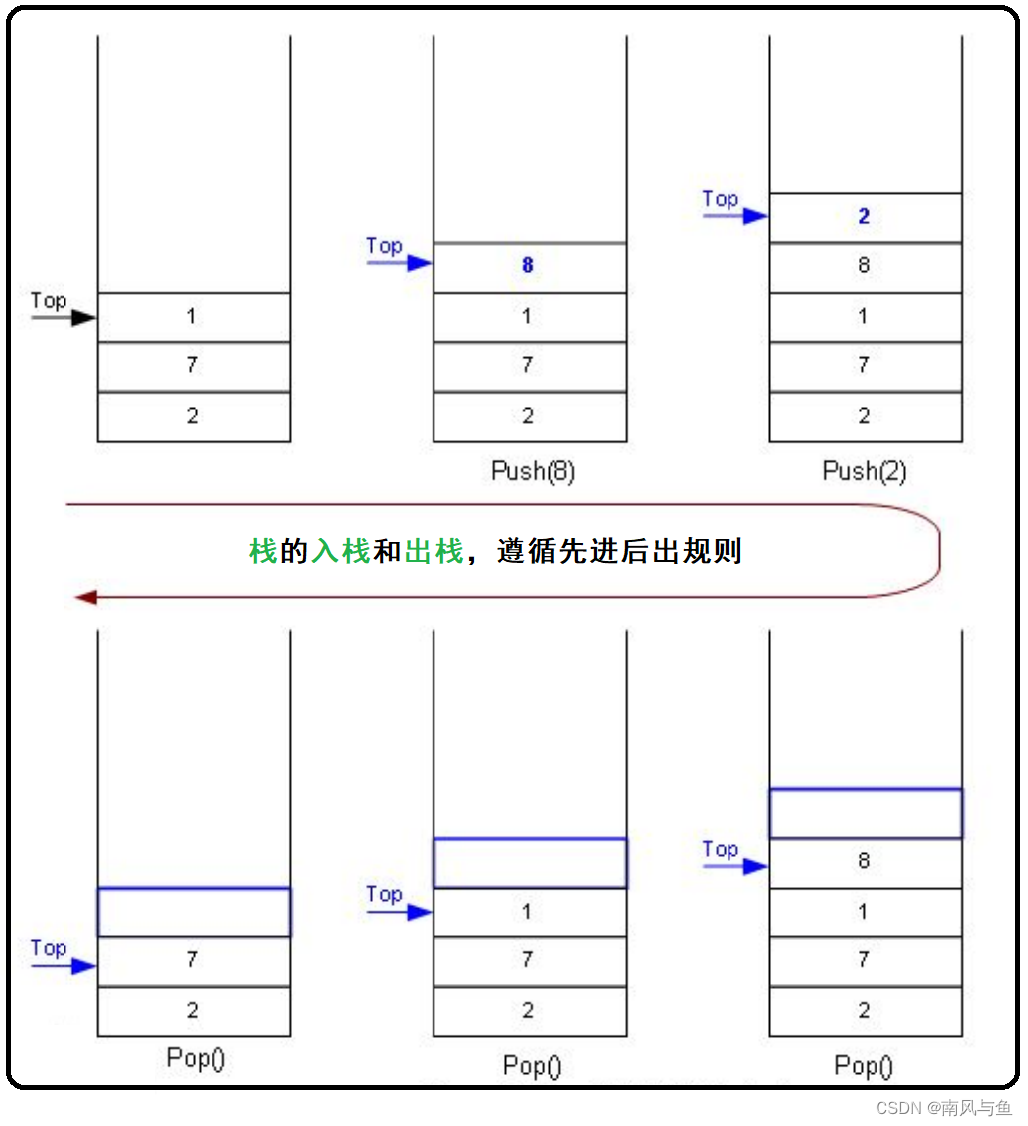
1.2栈的实现
栈的实现一般可以使用数组或者链表实现:
- 对于链表而言又有双向链表和单链表,如果用双向链表实现,栈顶既可以是尾,也可以是头。如果用单链表实现,栈顶只能是头,因为单链表尾插容易,尾删却比较麻烦;而头插头删都很容易。
- 相对而言数组的结构实现更优一些。因为数组在尾上插入数据的代价比较小。
1、实现支持动态增长的栈
typedef int STDataType;
typedef struct stack
{
STDataType* arr;
int top; //栈顶
int capacity; //容量
}ST;2、初始化栈
因为这个结构体肯定不可能为空,所以我们直接先断言它。然后,这里还有一个要特别注意的点,如果我们初始化时top给0,那top指向的就是栈顶元素的下一个位置;如果top给-1,那top就指向栈顶元素。
void STInit(ST* pst)
{
assert(pst);
pst->arr = NULL;
pst->capacity = 0;
//表示top指向栈顶元素的下一个位置
pst->top = 0;
表示top指向栈顶元素
//pst->top = -1;
}3、入栈
入栈时如果空间不够,先扩容;因为top此时是指向栈顶元素的下一个位置,所以我们直接将要入栈的元素x放在top位置,然后让top指向下一个位置就行。
void STPush(ST* pst, STDataType x)
{
assert(pst);
//扩容
if (pst->top == pst->capacity)
{
int newcapacity = pst->capacity == 0 ? 4 : pst->capacity * 2;
STDataType* tmp = (STDataType*)realloc(pst->arr, sizeof(STDataType) * newcapacity);
if (tmp == NULL)
{
perror("realloc fail");
return;
}
pst->arr = tmp;
pst->capacity = newcapacity;
}
pst->arr[pst->top] = x;
pst->top++;
//如果top初始化时为-1,入栈时就要top先++,再将元素放进去
//pst->top++;
//pst->arr[pst->top] = x;
}4、出栈
在出栈时要注意如果top为0就不能在删除了,所以要断言一下。
void STPop(ST* pst)
{
assert(pst);
assert(pst->top > 0);
pst->top--;
}5、获取栈顶元素
因为top是指向栈顶元素的下一个位置,所以要获取栈顶元素只需要top-1就行。
STDataType STTop(ST* pst)
{
assert(pst);
assert(pst->top > 0);
return pst->arr[pst->top - 1];
}6、检测栈是否为空
如果栈为空,那top就等于0,表达式的结果就为真;如果表达式的结果为假,就代表栈不为空。
bool STEmpty(ST* pst)
{
assert(pst);
return pst->top == 0;
}7、获取栈中有效元素个数
int STSize(ST* pst)
{
assert(pst);
return pst->top;
}8、销毁栈
void STDestroy(ST* pst)
{
assert(pst);
free(pst->arr);
pst->arr = NULL;
pst->top = pst->capacity = 0;
}9、测试
int main()
{
ST s;
STInit(&s);
STPush(&s, 1);
STPush(&s, 2);
STPush(&s, 3);
STPush(&s, 4);
STPush(&s, 5);
while (!STEmpty(&s))
{
printf("%d ", STTop(&s));
STPop(&s);
}
printf("\n");
STDestroy(&s);
return 0;
}
1.3源码
🌻Stack.h
#include <stdio.h>
#include <assert.h>
#include <stdlib.h>
#include <stdbool.h>
typedef int STDataType;
typedef struct stack
{
STDataType* arr;
int top; //栈顶
int capacity; //容量
}ST;
//初始化
void STInit(ST* pst);
//销毁栈
void STDestroy(ST* pst);
//入栈
void STPush(ST* pst, STDataType x);
//出栈
void STPop(ST* pst);
//获取栈顶元素
STDataType STTop(ST* pst);
//检测栈是否为空,如果为空,返回真;如果不为空,返回假
bool STEmpty(ST* pst);
//获取栈中有效元素个数
int STSize(ST* pst);🌻Stack.c
#include "stack.h"
//初始化
void STInit(ST* pst)
{
assert(pst);
pst->arr = NULL;
pst->capacity = 0;
//表示top指向栈顶元素的下一个位置
pst->top = 0;
//表示top指向栈顶元素
//pst->top = -1;
}
//销毁栈
void STDestroy(ST* pst)
{
assert(pst);
free(pst->arr);
pst->arr = NULL;
pst->top = pst->capacity = 0;
}
//入栈
void STPush(ST* pst, STDataType x)
{
assert(pst);
//扩容
if (pst->top == pst->capacity)
{
int newcapacity = pst->capacity == 0 ? 4 : pst->capacity * 2;
STDataType* tmp = (STDataType*)realloc(pst->arr, sizeof(STDataType) * newcapacity);
if (tmp == NULL)
{
perror("realloc fail");
return;
}
pst->arr = tmp;
pst->capacity = newcapacity;
}
//如果top初始化时为0,入栈时就要先将元素放进去,再将top++
pst->arr[pst->top] = x;
pst->top++;
//如果top初始化时为-1,入栈时就要top先++,再将元素放进去
//pst->top++;
//pst->arr[pst->top] = x;
}
//出栈
void STPop(ST* pst)
{
assert(pst);
assert(pst->top > 0);
pst->top--;
}
//获取栈顶元素
STDataType STTop(ST* pst)
{
assert(pst);
assert(pst->top > 0);
return pst->arr[pst->top - 1];
}
//检测栈是否为空,如果为空,返回真;如果不为空,返回假
bool STEmpty(ST* pst)
{
assert(pst);
return pst->top == 0;
}
//获取栈中有效元素个数
int STSize(ST* pst)
{
assert(pst);
return pst->top;
}二、队列
2.1队列的概念及结构
队列:只允许在一端进行插入数据操作,在另一端进行删除数据操作的特殊线性表,队列具有先进先出 FIFO(First In First Out)的特点。
- 入队列:进行插入操作的一端称为队尾
- 出队列:进行删除操作的一端称为队头
2.2队列的实现
队列也可以数组和链表的结构实现,但使用链表的结构实现会更优一些,因为如果使用数组的结构,出队列在数组头上出数据,效率会比较低。
1、链式结构:表示队列
typedef int QDataType;
//链式结构:表示队列
typedef struct QueueNode
{
QDataType val;
struct QueueNode* next;
}QNode;
2、队列的结构
因为队列需要队头和队尾两个指针,所以为了方便管理,我们可以把它俩放在一个结构体里边。
typedef struct Queue
{
QNode* phead;
QNode* ptail;
int size;
}Queue;3、初始化队列
void QueueInit(Queue* pq)
{
assert(pq);
pq->phead = pq->ptail = NULL;
pq->size = 0;
}4、队尾入队列
void QueuePush(Queue* pq, QDataType x)
{
assert(pq);
QNode* newnode = (QNode*)malloc(sizeof(QNode));
if (newnode == NULL)
{
perror("malloc fail");
return;
}
newnode->val = x;
newnode->next = NULL;
if (pq->ptail == NULL)
{
pq->ptail = pq->phead = newnode;
}
else
{
pq->ptail->next = newnode;
pq->ptail = newnode;
}
pq->size++;
}
5、队头出队列
出队时得考虑两种情况,一种是队列为空,另一种是队列中只有一个节点;如果队列为空,我们只需断言一下就行。如果队列中只有一个节点,我们先保存当前节点,然后让头指针指向下一个节点,接着free掉保存的节点,这时如果头指针是指向空的,我们就把尾指针也置空。
void QueuePop(Queue* pq)
{
assert(pq);
//空
assert(pq->phead);
QNode* del = pq->phead;
pq->phead = pq->phead->next;
free(del);
del = NULL;
if (pq->phead == NULL)
{
pq->ptail = NULL;
}
pq->size--;
}6、获取队列队头元素
QDataType QueueFront(Queue* pq)
{
assert(pq);
//空
assert(pq->phead);
return pq->phead->val;
}7、获取队列队尾元素
QDataType QueueBack(Queue* pq)
{
assert(pq);
//空
assert(pq->ptail);
return pq->ptail->val;
}8、获取队列中有效元素个数
int QueueSize(Queue* pq)
{
assert(pq);
return pq->size;
}9、检测队列是否为空
bool QueueEmpty(Queue* pq)
{
assert(pq);
return pq->phead == NULL;
}
10、销毁队列
void QueueDestroy(Queue* pq)
{
assert(pq);
QNode* cur = pq->phead;
while (cur)
{
QNode* next = cur->next;
free(cur);
cur = next;
}
pq->phead = pq->ptail = NULL;
pq->size = 0;
}11、测试
int main()
{
Queue q;
QueueInit(&q);
QueuePush(&q, 1);
QueuePush(&q, 2);
QueuePush(&q, 3);
QueuePush(&q, 4);
QueuePush(&q, 5);
while (!QueueEmpty(&q))
{
printf("%d ", QueueFront(&q));
QueuePop(&q);
}
printf("\n");
QueueDestroy(&q);
return 0;
}
2.3源码
🌻Queue.h
#include <stdio.h>
#include <assert.h>
#include <stdlib.h>
#include <stdbool.h>
typedef int QDataType;
//链式结构:表示队列
typedef struct QueueNode
{
QDataType val;
struct QueueNode* next;
}QNode;
//队列的结构
typedef struct Queue
{
QNode* phead;
QNode* ptail;
int size;
}Queue;
//初始化队列
void QueueInit(Queue* pq);
//队尾入队列
void QueuePush(Queue* pq, QDataType x);
//队头出队列
void QueuePop(Queue* pq);
//获取队列队头元素
QDataType QueueFront(Queue* pq);
//获取队列队尾元素
QDataType QueueBack(Queue* pq);
//获取队列中有效元素个数
int QueueSize(Queue* pq);
//检测队列是否为空
bool QueueEmpty(Queue* pq);
//销毁队列
void QueueDestroy(Queue* pq);🌻Queue.c
#include "queue.h"
//初始化队列
void QueueInit(Queue* pq)
{
assert(pq);
pq->phead = pq->ptail = NULL;
pq->size = 0;
}
//队尾入队列
void QueuePush(Queue* pq, QDataType x)
{
assert(pq);
QNode* newnode = (QNode*)malloc(sizeof(QNode));
if (newnode == NULL)
{
perror("malloc fail");
return;
}
newnode->val = x;
newnode->next = NULL;
if (pq->ptail == NULL)
{
pq->ptail = pq->phead = newnode;
}
else
{
pq->ptail->next = newnode;
pq->ptail = newnode;
}
pq->size++;
}
//队头出队列
void QueuePop(Queue* pq)
{
assert(pq);
//空
assert(pq->phead);
QNode* del = pq->phead;
pq->phead = pq->phead->next;
free(del);
del = NULL;
if (pq->phead == NULL)
{
pq->ptail = NULL;
}
pq->size--;
}
//获取队列队头元素
QDataType QueueFront(Queue* pq)
{
assert(pq);
//空
assert(pq->phead);
return pq->phead->val;
}
//获取队列队尾元素
QDataType QueueBack(Queue* pq)
{
assert(pq);
//空
assert(pq->ptail);
return pq->ptail->val;
}
//获取队列中有效元素个数
int QueueSize(Queue* pq)
{
assert(pq);
return pq->size;
}
//检测队列是否为空
bool QueueEmpty(Queue* pq)
{
assert(pq);
return pq->phead == NULL;
}
//销毁队列
void QueueDestroy(Queue* pq)
{
assert(pq);
QNode* cur = pq->phead;
while (cur)
{
QNode* next = cur->next;
free(cur);
cur = next;
}
pq->phead = pq->ptail = NULL;
pq->size = 0;
}




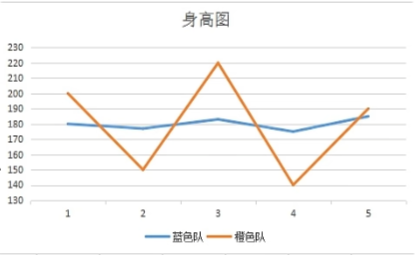
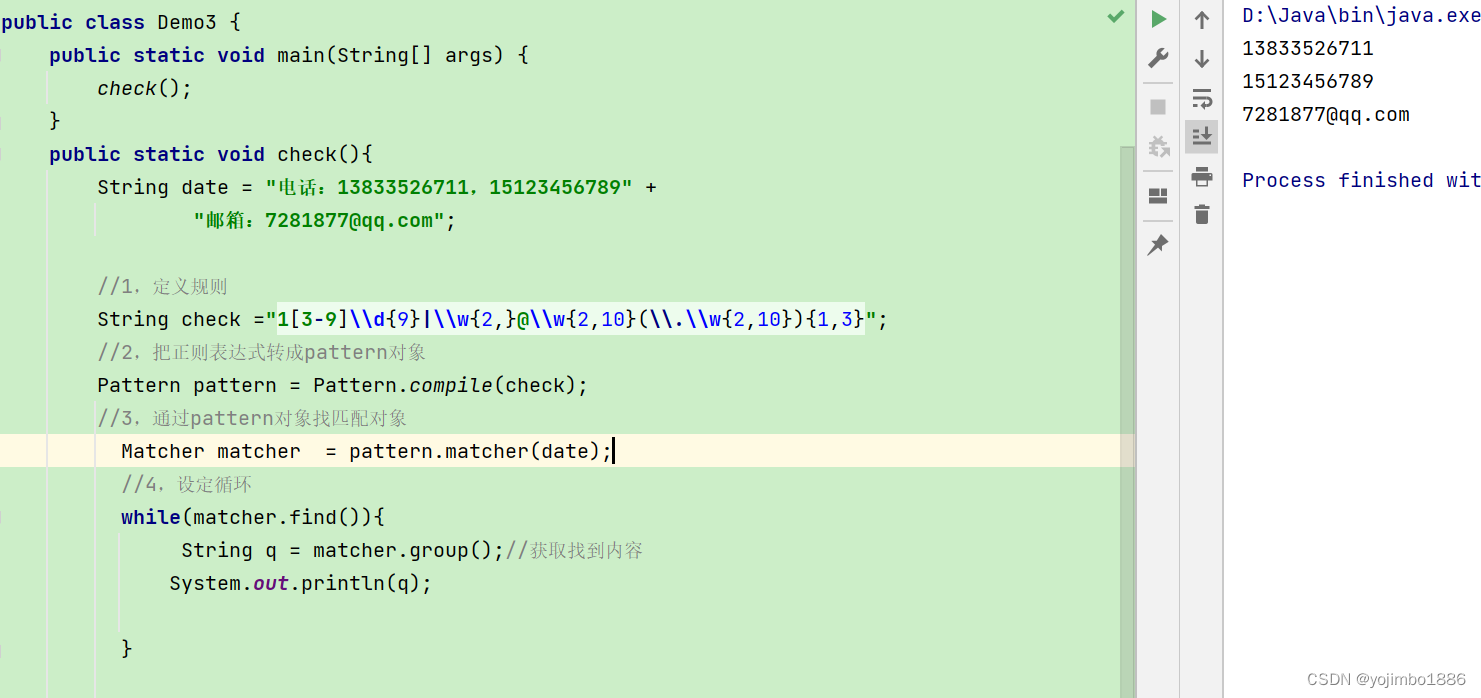

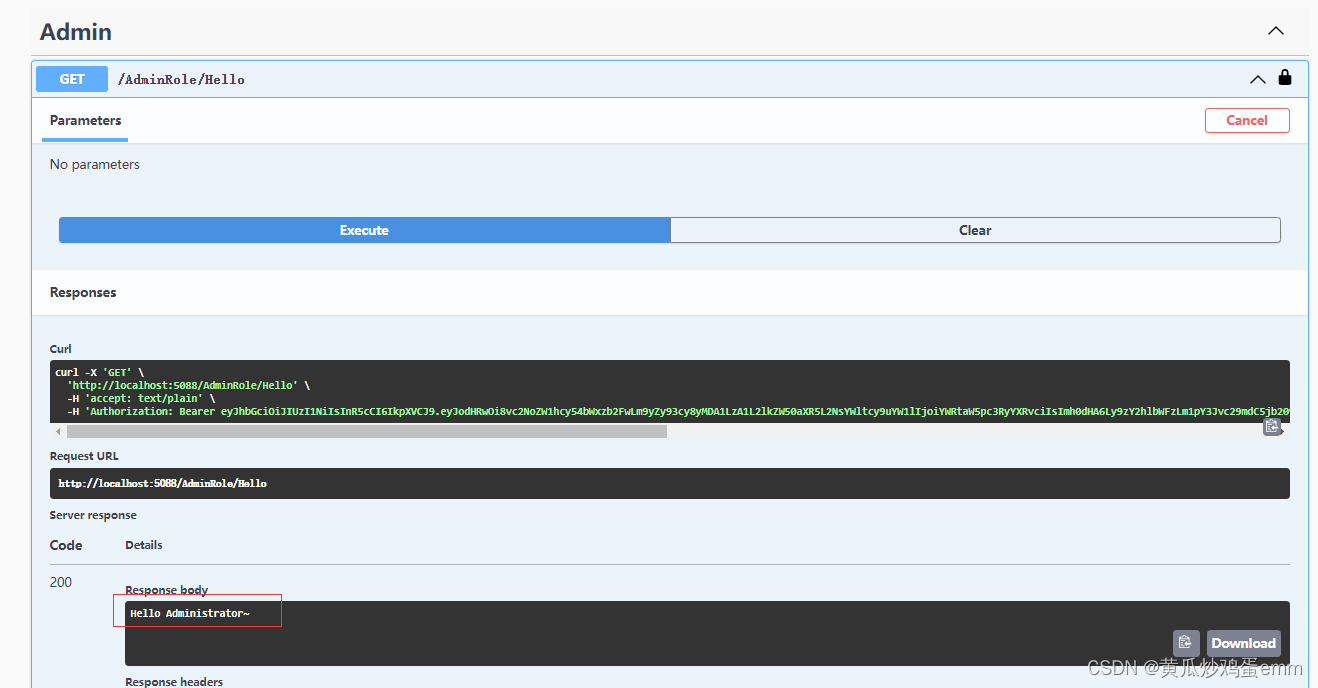

![[MRCTF2020]Transform1](https://img-blog.csdnimg.cn/direct/5bbd79eac25a46d4aa98d8b6f39d0b1b.png)
